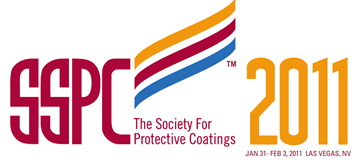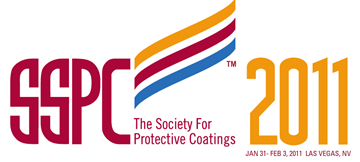Search
Products tagged with '2011 Conference Papers'
View as
Sort by
Display
per page
Environmental and Economic Impact of Utilizing Climate Control Measures During Surface Preparation and Coating
Product Number:
41211-646-SG
Publication Date:
2011
$20.00
Environmentally Assisted Cracking Evaluation of UNS N06686 Using Constant Extension Rate Testing
Product Number:
51300-11296-SG
ISBN:
2011 11296 CP
Publication Date:
2011
$20.00
Epoxy Revolutionizes Water and Wastewater Underground Infrastructure Protection and Rehabilitation with Energy Efficient Green Technology
Product Number:
41211-660-SG
Publication Date:
2011
$20.00
FHWA 100-Year Coating Study and Come Preliminary Test Results
Product Number:
41211-623-SG
Publication Date:
2011
$20.00
From Standard to Certification: Evolution of the Coating Application Specialist Program
Product Number:
41211-590-SG
Publication Date:
2011
$20.00
Further Advances In Paperless QA For Coatings Inspection
Product Number:
41211-604-SG
Publication Date:
2011
$20.00
Green Alternatives to Using Zinc Potable Water Systems
Product Number:
41211-606-SG
Publication Date:
2011
$20.00
Green Surface Preparation Methods for Coating Exterior Steel Water Reservoirs
Product Number:
41211-607-SG
Publication Date:
2011
$20.00
Greener Options for Site Applied Gelcoat Topcoat Refurbishment Using Polyaspartic Technology
Product Number:
41211-643-SG
Publication Date:
2011
$20.00
Guidelines for Proper Care and Restoration of EIFs and Non-EIFs Exteriors
Product Number:
41211-600-SG
Publication Date:
2011
$20.00
Installation of a Primary Containment System in Existing Underground Concrete Storage Tanks
Product Number:
41211-630-SG
Publication Date:
2011
$20.00
Integration of External Corrosion Direct Assessment with Integrity Management Software Application
Product Number:
51300-11129-SG
ISBN:
2011 11129 CP
Publication Date:
2011
$20.00












